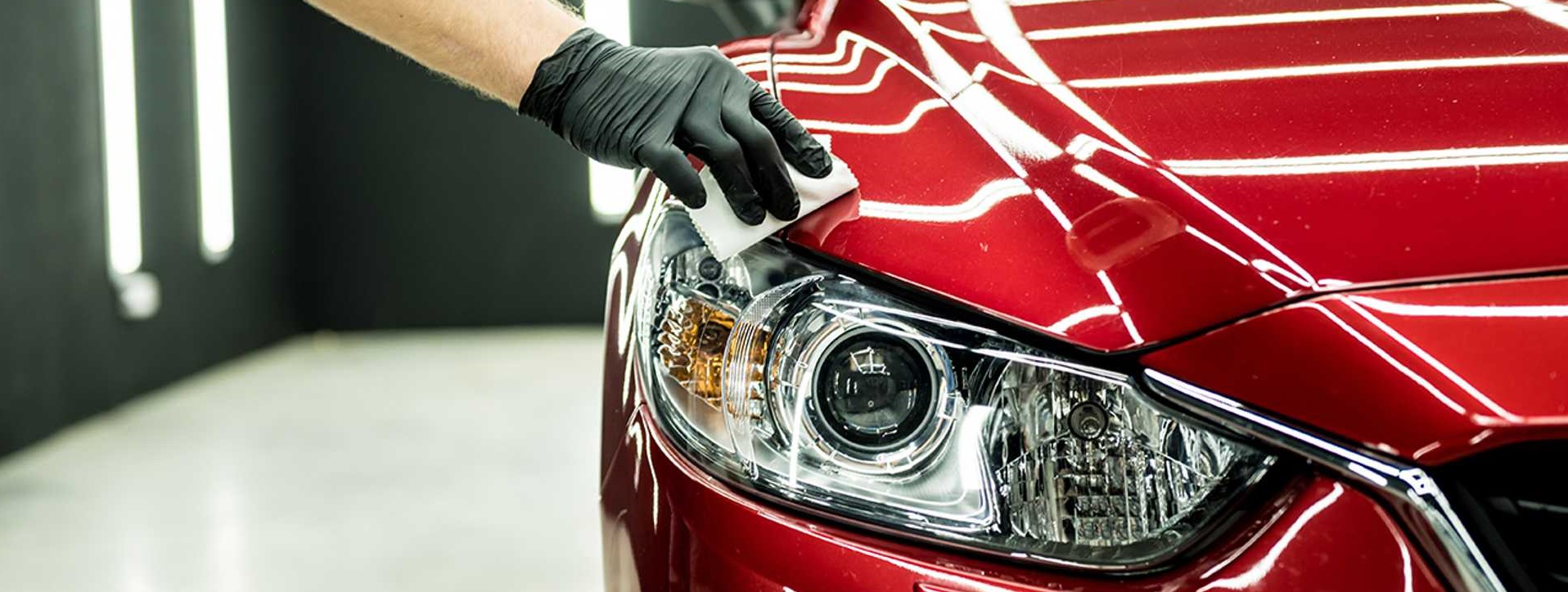A Comprehensive Guide to the Sorts Of Ceramic Finish on the marketplace
Ceramic finishes have actually become a critical remedy across different markets due to their one-of-a-kind buildings and applications. From silica-based formulas known for their toughness to crossbreed choices that combine multiple advantages, the choices offered can be frustrating. Recognizing the nuances of each kind, including their particular benefits and perfect usage cases, is crucial for making informed choices. As we discover the distinctive attributes and applications of these coatings, the ramifications for efficiency and long life become progressively noticeable, questioning regarding which kind might best fit your demands.
Comprehending Ceramic Coatings
Ceramic finishes are innovative safety remedies that have actually obtained appeal in numerous sectors, specifically in vehicle and aerospace applications. These coatings include a fluid polymer that, when healed, creates a long lasting, hydrophobic layer externally of the substrate. This layer offers enhanced resistance to environmental impurities, UV radiation, and chemical direct exposure, consequently extending the life and visual allure of the underlying product.
The essential component of ceramic coatings is silica, which adds to their solidity and toughness. The application procedure usually includes surface prep work, application of the finish, and treating, which can be achieved via warmth or UV light. Once cured, ceramic layers show phenomenal bonding residential properties, enabling them to stick highly to a variety of surface areas, including steels, plastics, and glass.
In addition to their protective functions, ceramic finishings also provide ease of upkeep. Their hydrophobic nature decreases the adherence of dust and gunk, making cleansing easier and much less regular. Overall, the fostering of ceramic coverings stands for a considerable advancement in surface defense innovation, giving both practical and visual advantages across several sectors.
Kinds Of Ceramic Coatings
Numerous kinds of ceramic finishings are available, each created to fulfill particular efficiency needs and applications. The most typical kinds consist of:
Silica-based Coatings, these coverings mostly include silicon dioxide and are known for their longevity and chemical resistance. They are widely made use of in commercial and vehicle applications.
Titanium Dioxide Coatings: Distinguished for their photocatalytic buildings, titanium dioxide finishes are frequently used in settings where self-cleaning and antifungal residential or commercial properties are desirable, such as in building materials and vehicle coatings.
Zirconia Coatings are identified by their high-temperature security and thermal resistance, zirconia layers are utilized in applications such as turbine engines and high-performance automobile components.
Alumina Coatings, Exhibiting outstanding firmness and thermal stability, alumina finishings are often utilized in wear-resistant applications, including cutting tools and industrial equipment.
Crossbreed Coatings:Incorporating the homes of different materials, hybrid coverings provide enhanced performance features, making them ideal for one-of-a-kind and requiring applications.
Each sort of ceramic finishing serves distinct objectives, permitting individuals to choose the most appropriate remedy based upon particular environmental problems and efficiency needs.
Advantages of Ceramic Coatings

Along with longevity, ceramic layers give superb hydrophobic homes, enabling simple cleansing and upkeep. This water-repellent nature minimizes the adherence of dust, crud, and various other impurities, which can extend the aesthetic allure and performance of the surface. Ceramic coverings can significantly improve thermal resistance, making them perfect for applications that sustain high temperature levels.
Ceramic coverings can add find more information to power efficiency by reflecting warm, which is especially valuable in industrial and automobile settings. In general, the many benefits of ceramic layers make them a beneficial financial investment for various applications, ensuring optimal efficiency and defense.
Application Refine
When using ceramic coverings, a careful technique is vital to achieve ideal results. A clean surface area makes sure appropriate adhesion of the layer.
When the surface area is prepped, the next action is to apply the ceramic finish. The finishing should be applied in slim layers, as thicker applications can lead to uneven surfaces.
After application, the covering calls for a specific treating time, typically ranging from a couple of hours to a full day, depending upon the item. Throughout this time around, it is essential to avoid direct exposure to moisture or impurities. A gentle buffing may be essential after curing to improve the gloss and get rid of any high spots. Complying with these actions diligently will make best use of the effectiveness and durability of the ceramic layer, offering a long lasting safety layer for the surface area.
Maintenance and Durability
To make sure the long life and performance of a ceramic layer, normal upkeep is crucial. Ceramic layers, recognized for their durability and safety top qualities, call for certain treatment routines to maximize their life-span and efficiency. The very first step in upkeep includes routine cleaning with pH-neutral soap, staying clear of harsh chemicals that can weaken the covering. It is suggested to wash the vehicle regularly, preferably every 2 weeks, to avoid the build-up of contaminants that can jeopardize the finishing's honesty.
In enhancement to regular cleaning, routine evaluations are vital. Seek indications of wear or damages, such as hydrophobic residential or commercial properties lessening or surface flaws. A light gloss might be used to rejuvenate the finishing without removing it away. if essential - Ceramic Coating his explanation Denver.
Furthermore, the application of a booster spray can improve the finish's hydrophobic impacts and recover its gloss. This is especially advantageous for coverings that have been in usage for an extended period. Eventually, by sticking to these upkeep methods, one can dramatically extend the life of a ceramic covering, making sure that it remains to supply optimum defense versus ecological variables and keep the visual allure of the lorry.

Final Thought
In conclusion, ceramic finishes represent a flexible remedy for a series of applications, using a selection of types such as silica, titanium dioxide, alumina, and zirconia. Each kind offers distinct benefits, consisting of resilience, self-cleaning buildings, high-temperature security, and wear resistance. The application process and continuous upkeep play essential roles in taking full advantage of the long life and efficiency of these coatings. In general, ceramic finishings add dramatically to boosting the durability and functionality of various surfaces across multiple industries.
Ceramic layers have actually arised as a critical service across numerous markets website here due to their distinct homes and applications.Ceramic coverings are advanced safety options that have gained appeal in various industries, especially in automobile and aerospace applications. Ceramic coatings can substantially improve thermal resistance, making them ideal for applications that sustain high temperatures.
On the whole, the many advantages of ceramic layers make them a useful investment for different applications, ensuring optimum performance and defense.
In conclusion, ceramic layers represent a functional solution for a variety of applications, offering a range of kinds such as silica, titanium alumina, dioxide, and zirconia.